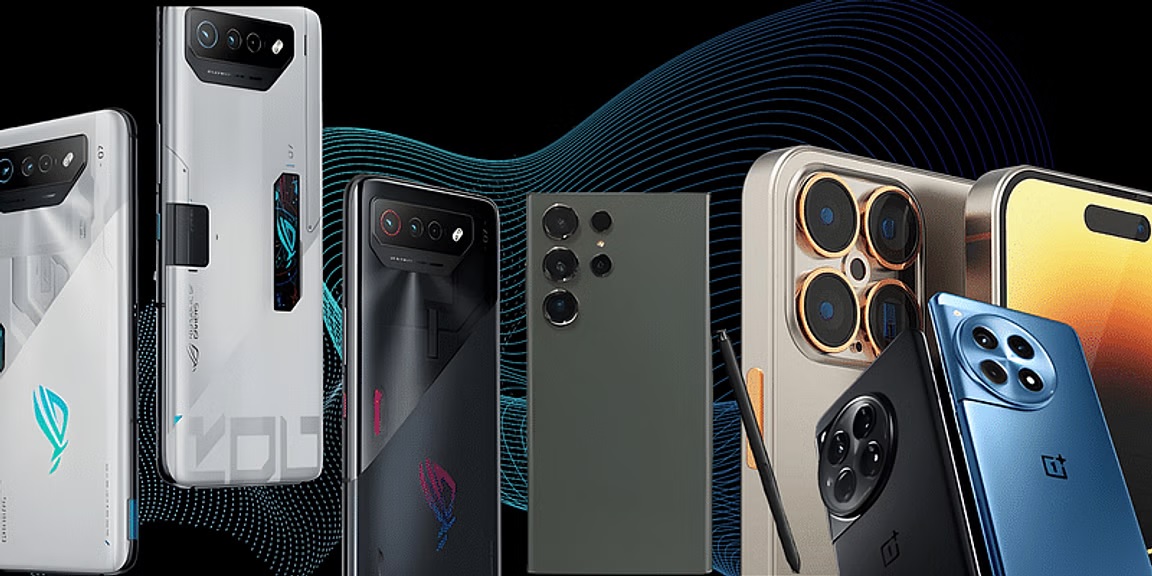In the blink of an eye, smartphones have transcended their humble beginnings, transforming from basic communication devices to sleek, multifunctional gadgets. This article embarks on a captivating journey through the evolution of smartphones, tracing their path from iconic flip phones to the cutting-edge realm of foldables.
- The Rise of the Flip Phone Era
In the late 1990s and early 2000s, flip phones dominated the mobile phone landscape. These compact devices were characterized by their clamshell design, allowing users to answer and end calls with a satisfying flip. With physical keypads and tiny screens, they were primarily designed for calling and texting. Iconic models like the Motorola Razr and Nokia 2720 became style statements, marking the inception of mobile phone fashion.
- Touchscreen Revolution with the iPhone
The introduction of the iPhone in 2007 marked a pivotal moment in smartphone history. Apple’s iconic device revolutionized the industry by introducing a touchscreen interface and eliminating the need for physical keyboards. The App Store, introduced with the iPhone, opened up a world of possibilities, turning smartphones into versatile tools for communication, entertainment, and productivity.
- The Android Onslaught
Following the iPhone’s success, Android-powered smartphones entered the scene, offering users a diverse range of choices. Manufacturers like Samsung, HTC, and LG embraced the open-source Android operating system, introducing features like customizable home screens, widgets, and an expansive app ecosystem. The competitive market fueled innovation, driving advancements in hardware and software.
- The Emergence of Phablets
As smartphones evolved, so did their screen sizes. The term “phablet” emerged to describe devices that bridged the gap between smartphones and tablets. Larger screens provided a better multimedia experience and improved productivity. Samsung’s Galaxy Note series, introduced in 2011, played a crucial role in popularizing this trend, proving that bigger screens could be both functional and desirable.
- The Advent of Foldable Smartphones
In recent years, the smartphone landscape has witnessed a groundbreaking shift with the emergence of foldable devices. Manufacturers like Samsung, Huawei, and Motorola have introduced smartphones with foldable screens, allowing users to enjoy the portability of a standard-sized device while also benefiting from a larger display when needed. This innovation has transformed how users consume content, offering a balance between portability and a more immersive experience.
- Technological Marvel: How Foldables Work
Foldable smartphones utilize cutting-edge technology, typically featuring flexible OLED displays. These displays can bend without losing functionality, enabling users to fold and unfold their devices seamlessly. Hinges and advanced materials ensure durability, and the software is designed to adapt to different screen sizes, providing a smooth transition between folded and unfolded modes.
- Challenges and Future Prospects
While foldable smartphones represent a remarkable leap forward, challenges such as durability and price remain. The industry continues to address these issues, exploring new materials and refining design concepts. As technology progresses, we can expect foldables to become more accessible and integral to the smartphone market, possibly influencing the design of future devices.
In summary, the journey from flip phones to foldables reflects the relentless pursuit of innovation in the smartphone industry. The evolution has been a fascinating exploration of design, functionality, and technological prowess. As foldable smartphones become more prevalent, they usher in a new era of possibilities, redefining how we interact with our devices and shaping the future of mobile technology.






